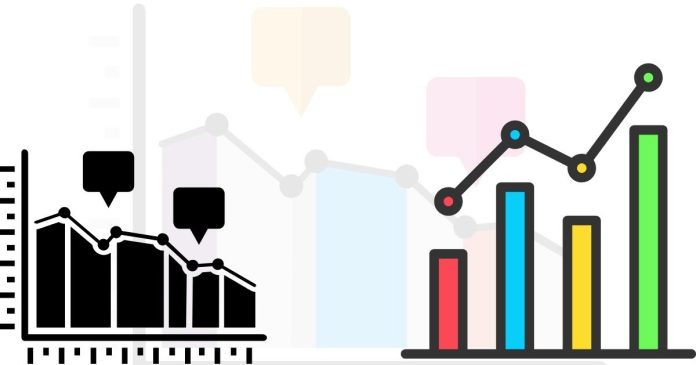Descriptive Statistics and Inferential Statistics are two main branches of statistics, and they differ in their goals and methods:
Descriptive Statistics:
Goal: To summarize and describe the features of a dataset.
Method: Uses measures like mean, median, mode, standard deviation, and graphs (histograms, bar charts, etc.) to present data in a simple and understandable way.
Application: Primarily used to present raw data or to summarize the characteristics of a sample or population without making predictions.
Example: Reporting the average test score of a class.
Inferential Statistics:
Goal: To make predictions or generalizations about a population based on a sample.
Method: Involves probability theory and hypothesis testing to draw conclusions beyond the data at hand.
Application: Used to infer trends, make predictions, or test hypotheses about a larger group based on a smaller sample.
Example: Estimating the average income of all households in a country based on a survey of 1,000 households.
In summary, descriptive statistics describe data, while inferential statistics allow us to make conclusions about a larger group based on a sample.


